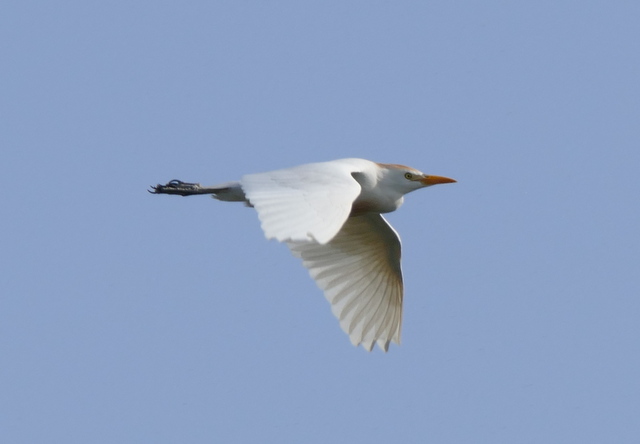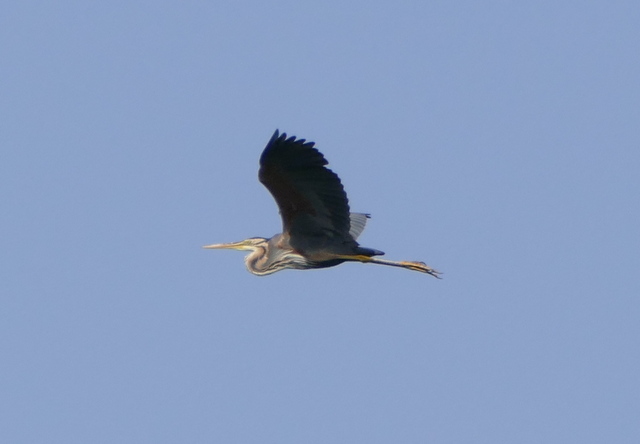I have not been to Mallorca for almost 35 years so this year seemed like an appropriate time for a return visit. The Balearic Islands have a number of birds for which they are well known and a lot more is known about the taxonomy of the forms in the region now. Some birds which breed there have been elevated to full species in the intervening period, whereas others remain interesting subspecies – for now at least. Either way, there were quite a number of birds I was very keen to catch up with again.
Mallorca is also a great place to see a variety of the more regular southern European birds. While July is not the ideal time for a visit, as it can get very hot during the day, we still had a very successful trip. We saw just under 100 species in total during the week we were there, and all the main ones we had wanted to see. The photos below show a few of the highlights – I can thoroughly recommend a birding trip to the island.
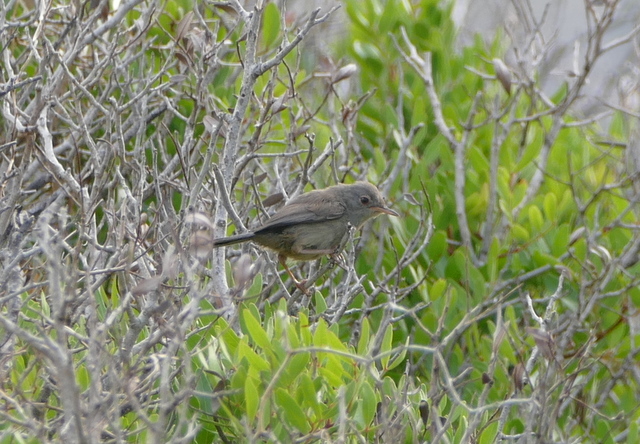
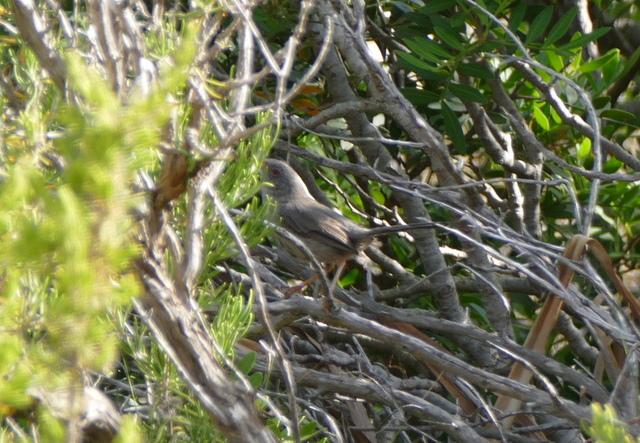 Balearic Warbler – a recent split from Marmora’s Warbler, this species is one of the main targets, normally to be found skulking in coastal garrigue
Balearic Warbler – a recent split from Marmora’s Warbler, this species is one of the main targets, normally to be found skulking in coastal garrigue
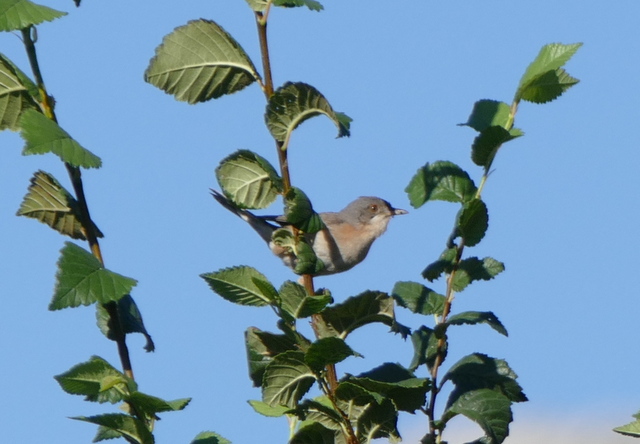
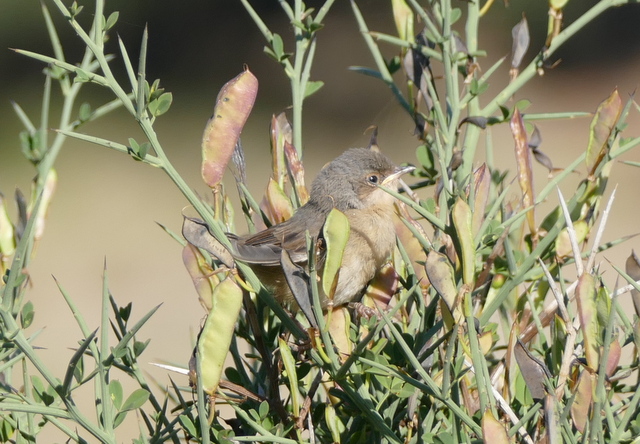 Moltoni’s Warbler – another very recent split (from Subalpine Warbler), found on mountain hillsides, the distinctive Wren-like call gives it away – this female (above) was feeding a couple of juveniles (below)
Moltoni’s Warbler – another very recent split (from Subalpine Warbler), found on mountain hillsides, the distinctive Wren-like call gives it away – this female (above) was feeding a couple of juveniles (below)
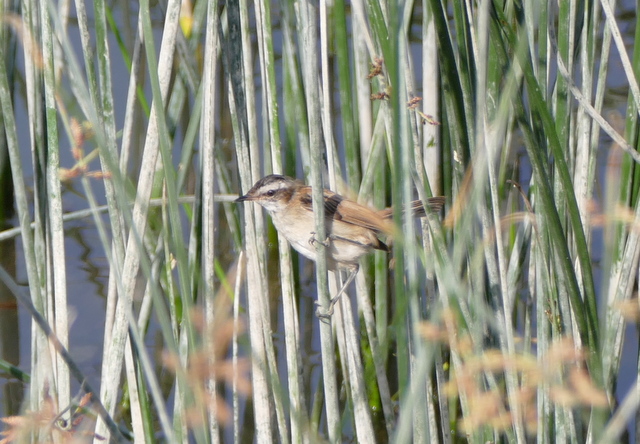
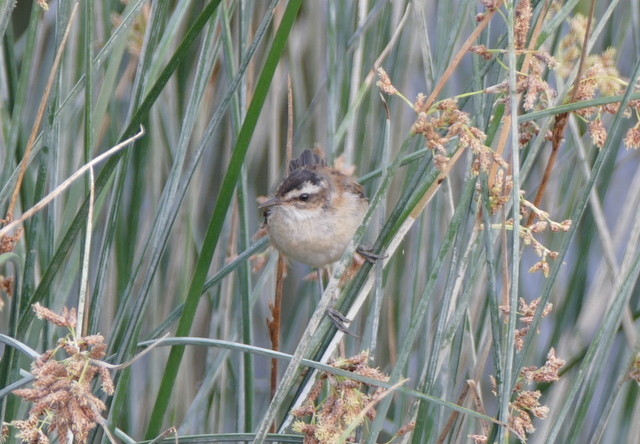 Moustached Warbler – found sparsely but widely around the Mediterranean and S Europe, s’Albufera on Mallorca is one of the best places to see this secretive reedbed-dwelling species
Moustached Warbler – found sparsely but widely around the Mediterranean and S Europe, s’Albufera on Mallorca is one of the best places to see this secretive reedbed-dwelling species

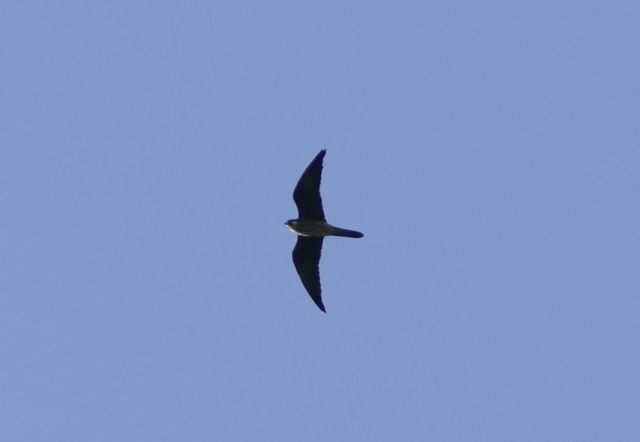 Eleonora’s Falcon – found on rocky islands and coastal cliffs around the Mediterranean, Mallorca is a great place to watch this species in action
Eleonora’s Falcon – found on rocky islands and coastal cliffs around the Mediterranean, Mallorca is a great place to watch this species in action
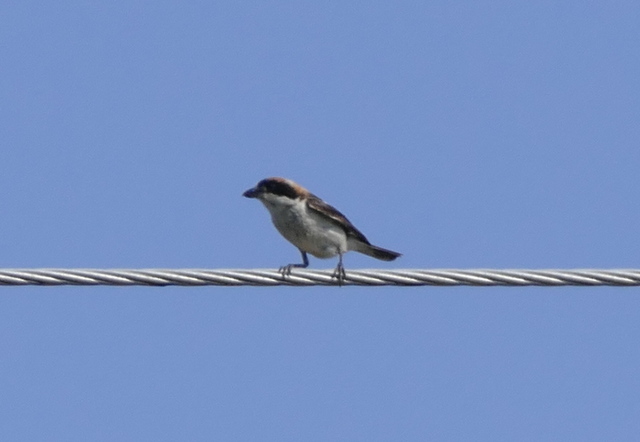
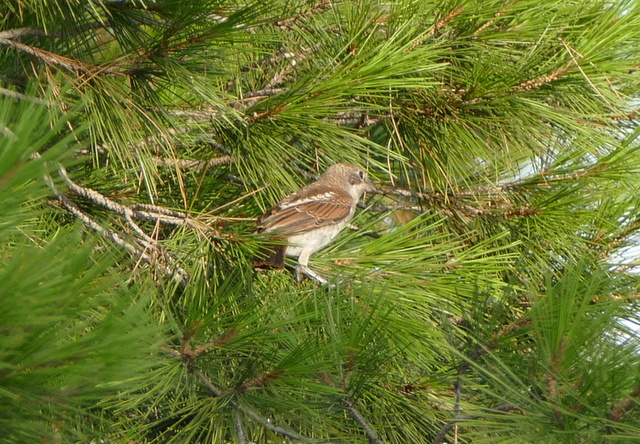 Balearic Woodchat Shrike – currently still treated as a subspecies (badius) this form lacks the white primary patch of the other Woodchat Shrikes
Balearic Woodchat Shrike – currently still treated as a subspecies (badius) this form lacks the white primary patch of the other Woodchat Shrikes
 Spotted Flycatcher – the local race, balearica, is noticeably paler and less streaked than the ones we see in UK
Spotted Flycatcher – the local race, balearica, is noticeably paler and less streaked than the ones we see in UK

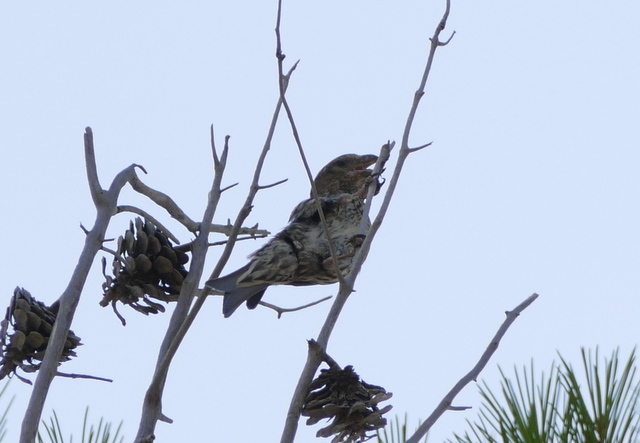 Crossbill – likewise, the local balearica race of Crossbill has noticeably different calls to the ones we see here
Crossbill – likewise, the local balearica race of Crossbill has noticeably different calls to the ones we see here
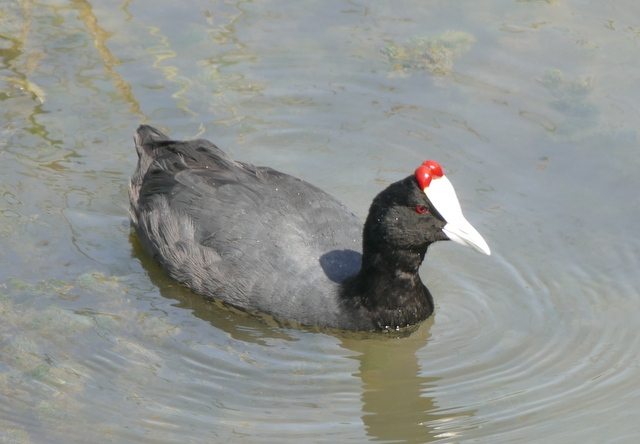
 Red-knobbed Coot – also known as Crested Coot, this species was extinct on Mallorca but has been reintroduced and now appears to be doing well – it is easy to see around the reserve at s’Albufera
Red-knobbed Coot – also known as Crested Coot, this species was extinct on Mallorca but has been reintroduced and now appears to be doing well – it is easy to see around the reserve at s’Albufera
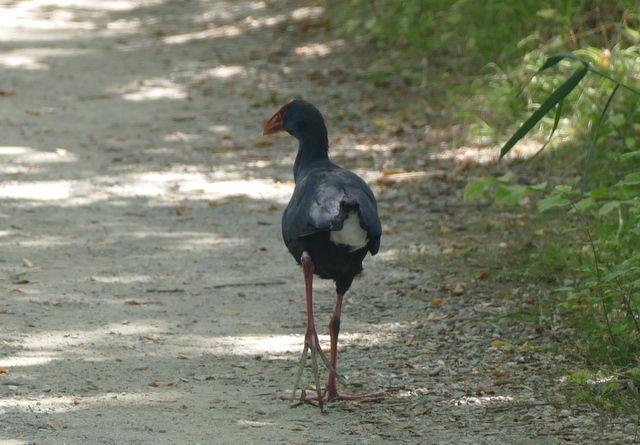 Purple Swamphen – also reintroduced to s’Albufera and also seemingly now doing very well
Purple Swamphen – also reintroduced to s’Albufera and also seemingly now doing very well
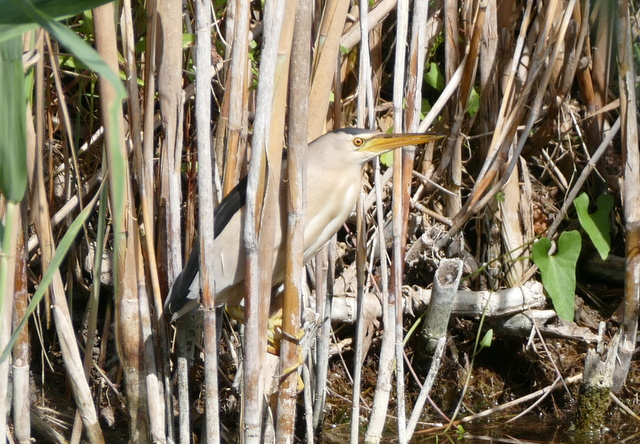
 Little Bittern – s’Albufera reserve provides fantastic opportunities to observe this typically secretive species, the female (immediately above) was watched for hours feeding quietly along a reed-fringed ditch
Little Bittern – s’Albufera reserve provides fantastic opportunities to observe this typically secretive species, the female (immediately above) was watched for hours feeding quietly along a reed-fringed ditch
 Little Bittern – this female clamboured up into the top of a large clump of reeds and perched, neck outstretched, for a couple of minutes while we stood and admired it
Little Bittern – this female clamboured up into the top of a large clump of reeds and perched, neck outstretched, for a couple of minutes while we stood and admired it
As well as the Little Bitterns, s’Albufera reserve has a wide variety of other egrets and herons, which can all be watched at close quarters, particularly flying in and out of the nesting colonies.
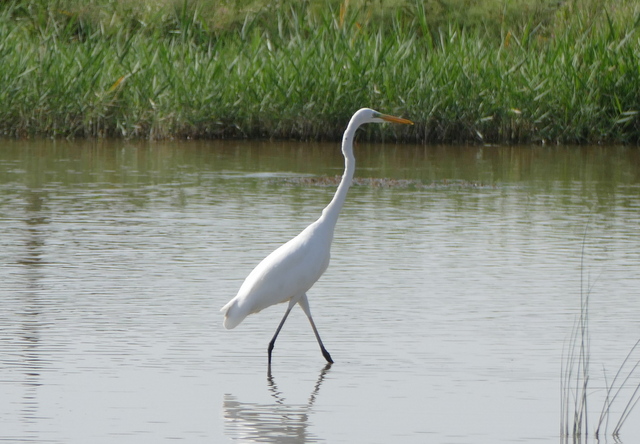 Great White Egret – a more recent arrival, a couple were seen feeding around the scrapes
Great White Egret – a more recent arrival, a couple were seen feeding around the scrapes
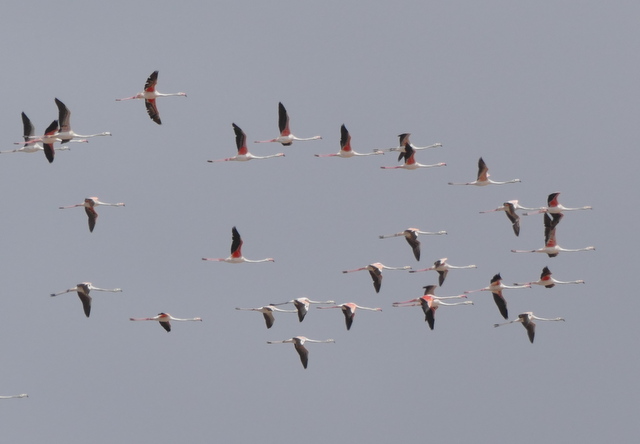 Greater Flamingo – mostly a winter visitor, a few seem to remain for the summer around the saltpans in the south
Greater Flamingo – mostly a winter visitor, a few seem to remain for the summer around the saltpans in the south
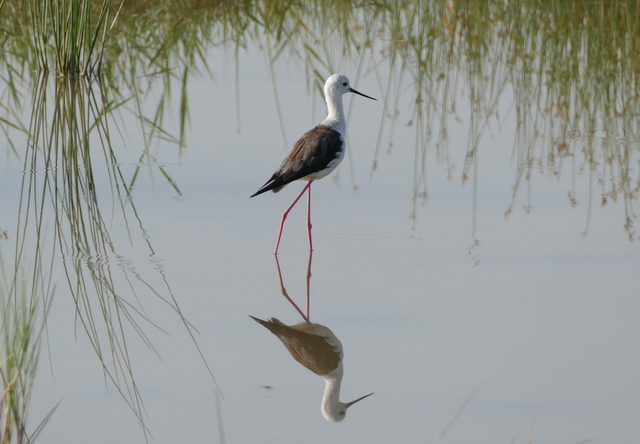
 Black-winged Stilt – easy to see at all the main wetlands, and always a pleasure
Black-winged Stilt – easy to see at all the main wetlands, and always a pleasure
 Kentish Plover – also a common bird at the main wetland sites, but particularly accommodating at s’Albufera, a great place to study the species up close
Kentish Plover – also a common bird at the main wetland sites, but particularly accommodating at s’Albufera, a great place to study the species up close
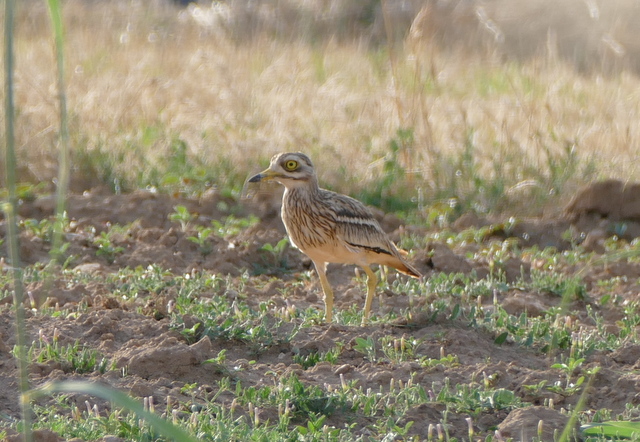 Stone Curlew – still a fairly common bird of farmland on the island, more often heard in the evening than seen during the day
Stone Curlew – still a fairly common bird of farmland on the island, more often heard in the evening than seen during the day
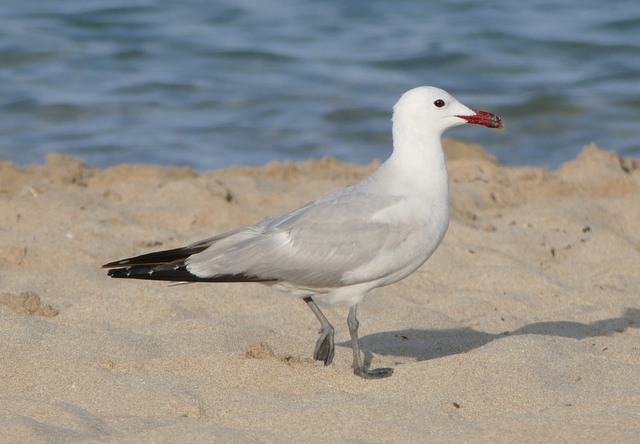 Audouin’s Gull – previously rather difficult to see here, this bird is now common and often to be found scavenging around beaches in the late afternoon when the crowds have gone
Audouin’s Gull – previously rather difficult to see here, this bird is now common and often to be found scavenging around beaches in the late afternoon when the crowds have gone
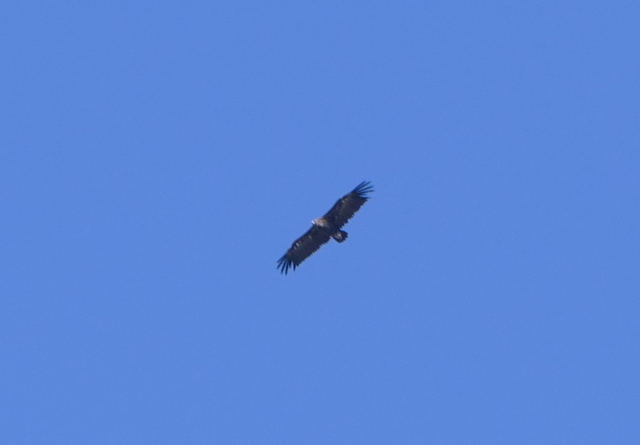 Black (Cinereous) Vulture – not hard to find in the Tramuntana Mountains in the north of the island, though Griffon Vultures have colonised in recent years and are now also to be found in many of the same places
Black (Cinereous) Vulture – not hard to find in the Tramuntana Mountains in the north of the island, though Griffon Vultures have colonised in recent years and are now also to be found in many of the same places
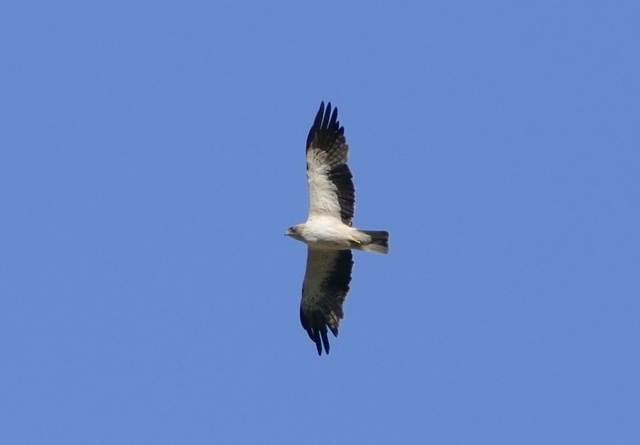 Booted Eagle – not as common as in S Spain, for example, but still can be seen regularly in the mountains, this one a pale adult
Booted Eagle – not as common as in S Spain, for example, but still can be seen regularly in the mountains, this one a pale adult
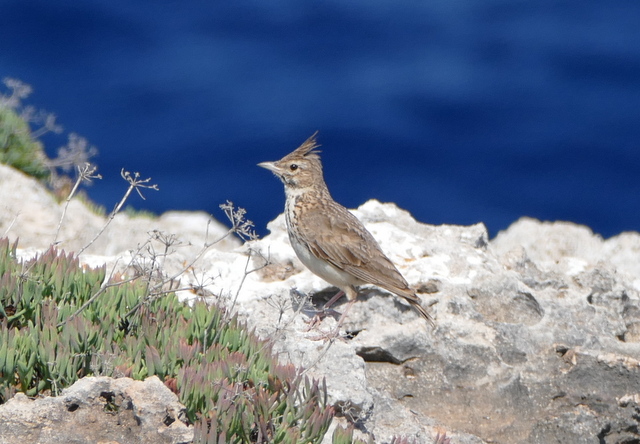 Thekla Lark – the only Galerida lark on the island, hence avoiding the risk of confusion with the very similar Crested Lark of the mainland, the birds here have a straighter lower mandible than those elsewhere
Thekla Lark – the only Galerida lark on the island, hence avoiding the risk of confusion with the very similar Crested Lark of the mainland, the birds here have a straighter lower mandible than those elsewhere
 Tawny Pipit – not uncommon in the right habitat, but not a particularly easy bird to find, this one a juvenile
Tawny Pipit – not uncommon in the right habitat, but not a particularly easy bird to find, this one a juvenile
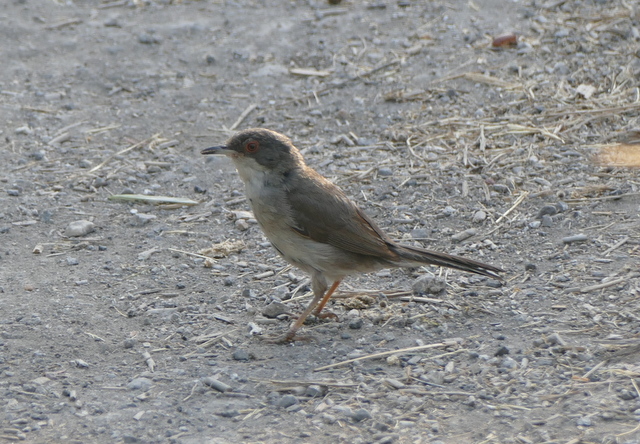 Sardinian Warbler – one of the commonest birds on the island, but often skulking in the undergrowth, this female fed out in the open on the ground wrestling with a large winged insect
Sardinian Warbler – one of the commonest birds on the island, but often skulking in the undergrowth, this female fed out in the open on the ground wrestling with a large winged insect
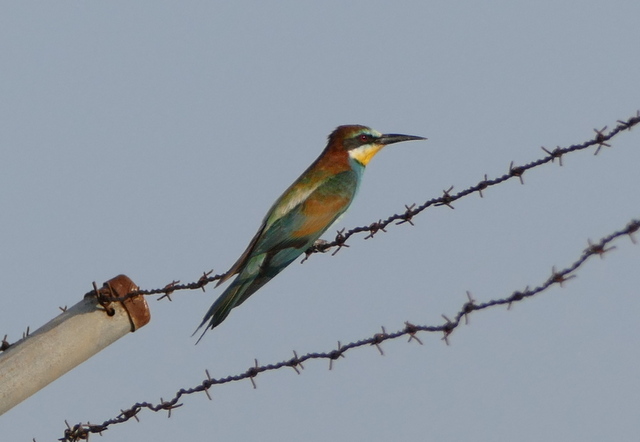 Bee-eater – found widely across southern Europe but always a delight to see, we watched this pair visiting their nest burrow in a sandy cliff face
Bee-eater – found widely across southern Europe but always a delight to see, we watched this pair visiting their nest burrow in a sandy cliff face


